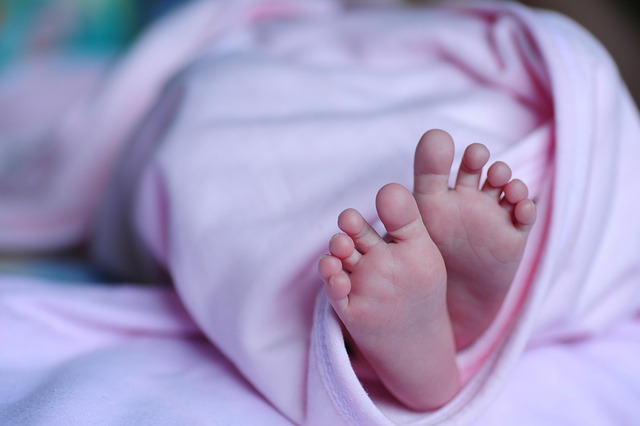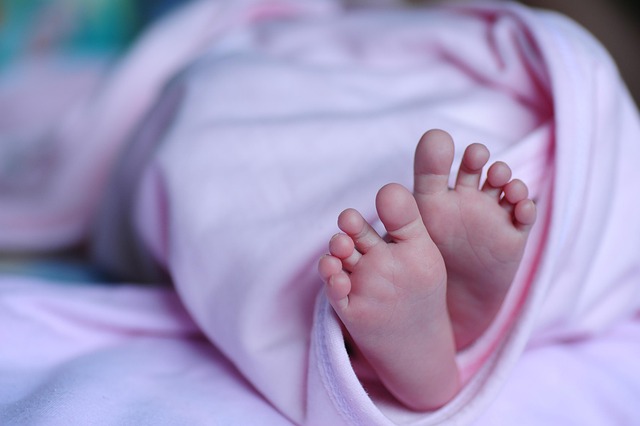In Oregon, Child Protective Services (CPS) safeguards children through family-centered practices, addressing potential abuse or neglect. The Oregon Child Welfare Legal Guide outlines crucial protections and responsibilities for parents, emphasizing the right to be informed and participate in proceedings, while CPS intervenes if parental duties are unmet. Removal of a child occurs via court petition, leading to temporary placements like foster care, with long-term plans prioritizing the child's best interests. Post-placement support ensures safe reunification, offering services like therapy and education through case management. The guide serves as essential reading for navigating Oregon's child welfare system.
Navigating Oregon’s child welfare system can be complex, but understanding the law is crucial for parents, guardians, and those involved in fostering. This comprehensive legal guide aims to demystify Oregon’s Child Protective Services (CPS) procedures. From recognizing parental rights and responsibilities to exploring removal processes and post-placement support, each section equips readers with essential knowledge. By grasping these concepts, we foster a better understanding of Oregon’s child welfare practices, promoting safe and stable environments for all involved.
- Understanding Oregon's Child Protective Services (CPS): An Overview
- Legal Rights and Responsibilities of Parents and Guardians
- The Removal Process and Placement Options for Children
- Post-Placement Support and Reintegration: Ensuring a Safe Return Home
Understanding Oregon's Child Protective Services (CPS): An Overview

In Oregon, Child Protective Services (CPS) is a critical component of the state’s child welfare system, designed to ensure the safety and well-being of children. CPS operates under the broader framework of Oregon’s child welfare laws, which are structured to protect vulnerable youth while also reunifying families when possible. The agency intervenes when a child is at risk of abuse or neglect, providing services that range from case management and family counseling to alternative care placements if needed.
Oregon’s CPS prioritizes family-centered practices, working collaboratively with parents and caregivers to address the issues leading to child protection concerns. This approach aims to strengthen family bonds while safeguarding children. Key aspects of Oregon’s child welfare legal guide include clear eligibility criteria for CPS involvement, detailed procedures for reporting suspected abuse or neglect, and comprehensive guidelines for foster care and adoption processes. Understanding these protocols is essential for both parents and professionals navigating the complex landscape of Oregon’s Child Protective Services.
Legal Rights and Responsibilities of Parents and Guardians

In Oregon, understanding your legal rights and responsibilities as a parent or guardian is crucial when it comes to child welfare. The state’s Oregon Child Welfare Legal Guide outlines the fundamental protections and duties for all individuals involved in the care and well-being of children. Parents and guardians have the right to be informed about any investigations or proceedings related to their child’s safety, as well as the opportunity to participate actively in these processes. This includes attending hearings, presenting evidence, and having legal representation if desired.
It’s important to know that while parents are entitled to certain rights, they also carry significant responsibilities. These include ensuring the child’s basic needs are met, such as providing safe housing, adequate nutrition, and regular medical care. Guardians must also maintain a stable and nurturing environment, protect the child from harm, and promote their overall physical, emotional, and mental health. Failure to fulfill these obligations may lead to intervention by Oregon’s child welfare services, who have the legal authority to remove a child from their home if deemed necessary for their protection.
The Removal Process and Placement Options for Children

In Oregon, the removal process of a child from their home due to concerns about their safety or well-being is initiated by a petition filed with the court. This typically involves the Department of Human Services (DHS) receiving a referral or conducting an investigation based on allegations of abuse, neglect, or other risk factors. Once a petition is filed, a judge reviews the case and makes decisions regarding the child’s temporary placement, which can include emergency removal, shelter care, or foster care. The primary goal during this phase is to ensure the child’s immediate safety and well-being while longer-term plans are developed.
Placement options for children involved in Oregon child welfare cases vary based on individual circumstances. These can range from staying with relatives (kinship placement) to going into foster homes, group homes, or residential treatment facilities. The DHS works to find the most appropriate and permanent solution, considering the child’s needs, cultural background, and family dynamics. Court orders guide these placements, ensuring they align with the best interests of the child while also offering support and services to help stabilize the family environment.
Post-Placement Support and Reintegration: Ensuring a Safe Return Home

After a child is placed in foster care, the focus shifts to post-placement support and reintegration, aiming to ensure a safe return home. This critical phase involves various services and strategies designed to prepare both the child and their family for reunification. Oregon’s child welfare legal guide emphasizes the importance of maintaining stability and addressing any gaps that may have contributed to the initial removal.
Case managers play a pivotal role in coordinating these efforts, offering ongoing support, monitoring progress, and facilitating communication between all involved parties. Services may include therapy, parent education programs, home visits, and access to resources like transportation or financial assistance. The ultimate goal is to create an environment conducive to healing and growth, ultimately enabling the child’s safe and permanent return to their biological family.






